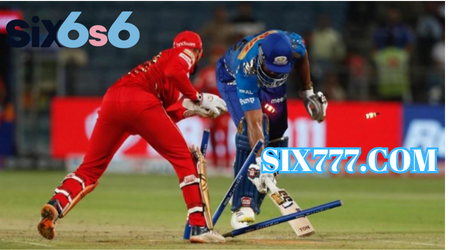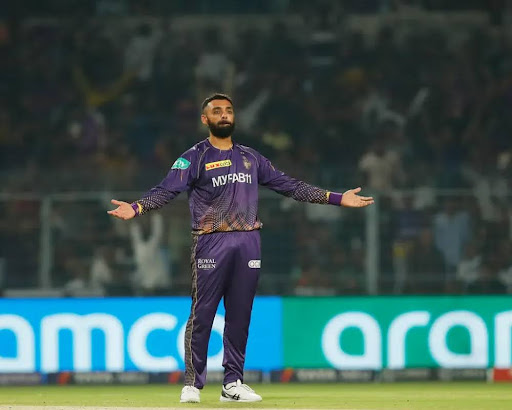ranji trophy schedule – ranji trophy schedule – Women’s Premier League: IPL deal offers glimpse of a brilliant future for women’s cricket
Three current IPL sides and two other groups paid a total £465m to establish the first five Women’s Premier League (WPL) franchises, a figure never before seen in women’s cricket
Utopias get a bad rap. Most consider blue-sky fantasies of milk, honey and Alice Capsey getting an ECB central contract you could buy a Holland Park six-bed with to be a childish distraction from reality.
But I have always believed in launching yourself toward the impossible in the vague hope you land somewhere soft and nearby.
To the female cricketers of recent generations, even some of today’s veterans, the figures paid this week to establish the Women’s Premier League (WPL) – the female equivalent to the Indian Premier League (IPL) – were once utopian.
Suitors forked out a combined £465m for its five fledgling franchises, making it the second-most expensive cricket league on Earth, only behind its male counterpart.
The most expensive of those, to be based in Ahmedabad, cost £128m.
Ten days ago, the WPL also secured the second-highest global broadcast deal for a female sports league (behind the WNBA), a near-£700k per game deal.
The revolution is even being televised.
At the inaugural draft early next month, the franchises will each have £1.2m to split across their 18-woman squads, significantly more than the current men’s Big Bash League (BBL) salary cap.
That’s an average of just under £66,000 for what will likely be less than a month’s work. That’s more than England’s 18 central women’s contract salaries are currently suspected to be. It’s nearly two-and-a-half times the £25,000 average salary the ECB announced to 80 professional players in October last year.
It will be the biggest payday any female cricketer has ever enjoyed.
Of course, the WPL will have its disadvantages. This investment will position India perfectly for a period of peerless domination in the international women’s game.
If this tournament inspires further investment in The Hundred and the WBBL, then the already limited world of women’s test cricket may eventually get run out at the non-striker’s end.
More and more players will shun central contracts in favour of a nomadic existence in cricket’s crisp-sponsored travelling circus.
While we are used to seeing this in the men’s game, mainly among players not quite up to the standard of a regular international spot, it is the best female players who will be hoovered up.
There are only 30 overseas player spots in the first WPL, with four players from Full Member nations and one from an associate nation allowed in any side’s playing eleven.
This means less than 100 players will be involved this edition, but potential is what franchises are investing in and what aspiring cricketers will see in this tournament.
The entire women’s game may not metamorphose into a panacea of superstardom because 90 players got paid, but it provides a glimpse of the possible.
The WPL will give female cricketers a chance to become household names across multiple continents. While players will not make millions just yet, sufficient heroics could deify them in the world’s most obsessive cricketing culture.
There is also the concern that there are not enough existing stars in the global game to fuel an annual franchise cycle spanning Australia, the Caribbean, England, India, Pakistan, Hong Kong and potentially the US and South Africa too, after the SA20’s early success.
Anyone who has watched any of the U19 T20 World Cup over the past couple of weeks will tell you they are coming.
For all their reluctantly-veiled machinations of universal cricketing domination, the Board of Control for Cricket in India’s (BCCI) decision that the time is right to invest in women’s cricket demonstrates that, put bluntly, it is.





